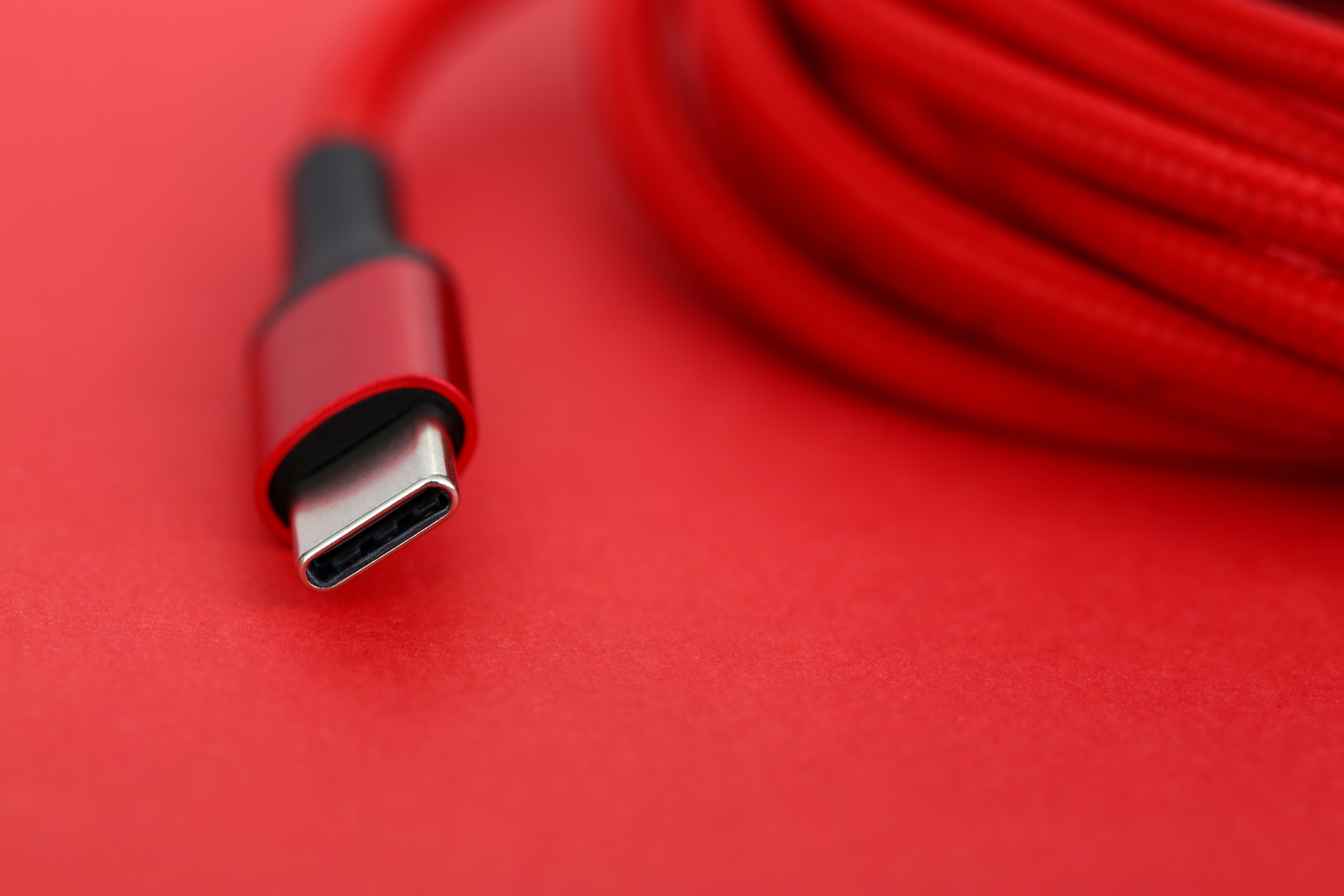USB 4 2.0 will provide double the speed — even with existing cables
Speeds of 80GBps are incoming

The USB Promoter Group has unveiled the standards for the upcoming USB 4 2.0, and the most eye-catching promise is that transfer speeds will be doubled from 40GBps to 80Gbps — even with “existing 40Gbps USB Type-C passive cables”.
Details of how this is possible weren’t explained in the accompanying press release, which merely outlines the intent. But Joe Balich, a spokesperson from the USB Implementers Forum, confirmed to The Verge that this was a key consideration for the format, and that more details would arrive ahead of the USB Dev Days developer events in November.
“This benefit was made a requirement when the new specification was developed, and the specifics as to how 80Gbps signaling is accomplished will be disclosed once the final specification is released,” he told the site.
This means that a 4K Blu-Ray could be transferred in under ten seconds, which is pretty astonishing. But that’s not the only improvement that comes with the new standard.
We can also look forward to “updates to data and display protocols” so that this new bandwidth can be enjoyed. USB 3.2 data tunnelling can now exceed 20Gbps, for example, and it’s also been “updated to align with the latest versions of the DisplayPort and PCIe specifications.” As you would expect, it also has backwards compatibility with USB 4 version 1.0, USB 3.2, USB 2.0 and Thunderbolt 3.
“Once again following USB tradition, this updated USB4 specification doubles data performance to deliver higher levels of functionality to the USB Type-C ecosystem,” said Brad Saunders, the Chairman of the USB Promoter Group. “Solutions seeing the most benefit from this speed enhancement include higher-performance displays, storage, and USB-based hubs and docks.”
For now this is all “specifically targeted to developers” but everything should be finalized this year, before the improved hardware starts finding its way into new devices in the coming years. And it’s good to know that, when it does, you won’t have to buy all-new cables to benefit from the extra speeds.
Sign up to get the BEST of Tom's Guide direct to your inbox.
Get instant access to breaking news, the hottest reviews, great deals and helpful tips.
Freelance contributor Alan has been writing about tech for over a decade, covering phones, drones and everything in between. Previously Deputy Editor of tech site Alphr, his words are found all over the web and in the occasional magazine too. When not weighing up the pros and cons of the latest smartwatch, you'll probably find him tackling his ever-growing games backlog. Or, more likely, playing Spelunky for the millionth time.

